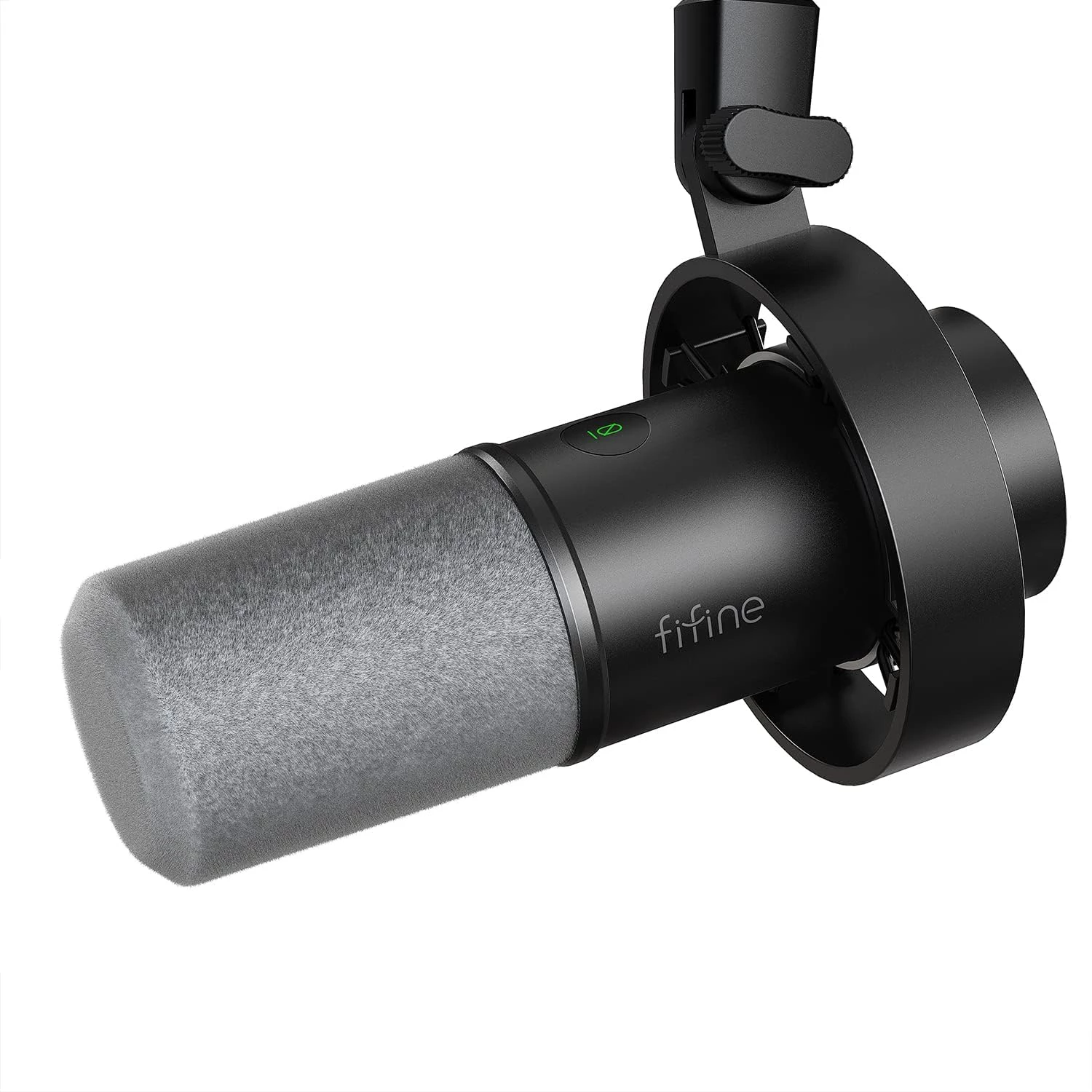The question of “which is the best microphone” only rings true in the ideal case where everything else is set, you just pick the greatest microphone and are good to go. And that is exactly how you do in a recording studio.
A sensible voice reminds you of choosing a microphone based on the use environment when the budget is tight. Because most of the time recording especially streaming was done in environments that are not treated. With hard surfaces all around your room, the sound is going to bounce off and bounce into your mic. The excessive noise floor is the top deal-breaker for most people.
“Does the microphone last for a long time” is a correct question to ask when you just started out. Because that mic will be the only workhorse that you are going to use for a while. But the question is not all about durability but also upgradeability. The build quality may not fall short but if the audio quality can not keep pace with your ever-increasing demand for recording or streaming, such a mic could still be short-lived.
You have already become addicted to all-in-one full-on USB mics, but eyeball an XLR microphone to up the game from time to time? Why not have them both? Change the connection to the XLR when you are getting ready for something big.
Using the mic with a solid preamp system is going to potentially polish the sound quality up and even give slightly different coloring to the audio, which is sort of a redeeming feature to make up for the lack of software.
The best-known fact is that he self-noise level will become much less noticeable with a balanced XLR connector. Because any interference picked up along the signal path will be canceled out. If your first concern is the overall noise floor, then the XLR connector and the dynamic capsule are the best combinations to make you concern-free. But make sure to choose a decent XLR audio cable for the hookup since it is not included in the package.
- The audio quality may come down to what interface you are running the mic through if you are using the XLR connector. But basically, it is not the general type of dynamic mics where the mids are prominent while the brightness is lacking. Inheriting from FIFINE’s bloodline, the treble is something that will not miss but it is not so much to assault your ear with harshness.
Bass
The broadcast signature sound should be the first thing popping up in your head when it comes to dynamic mics. The FIFINE K688 is not exceptional. But the low-ends are not too heavy to make your voice super bassy and woolly. Another benefit is that the proximity effect is less prominent so the low-frequency noises, such as the booming generated from hitting the desk or the mic stand, will not be exaggerated.
Mids
It is pretty flat through the 500 Hz to 1k Hz midranges to give the real-world sounding of the instruments. Because of the slight boost between 1k to 2k Hz, a bit more bites are added to the high-pitched instruments. So yes, it is a FIFINE microphone that you can use to properly record some instrument. The drawback of the uncommon articulation from a dynamic microphone is that the sibilance may be fatiguing. But thanks to a much thicker and flocked pop filter, the capsule will not be hit hard by the air-blowing, making it less of a problem to avoid sibilance. That also helps reduce the plosive noises.
Treble
To get the cleanest audio, you just need to pay a little more attention to the off-axis placement. With the sibilance sorted out, you and your audience can put your heart and ears to enjoy the bright and airy sounding up the top and even some sparkles. Leave alone streaming and voice-over, if you are planning to record a song cover in your untreated room, it is still perfectly ideal for the price.


Reviews
There are no reviews yet.